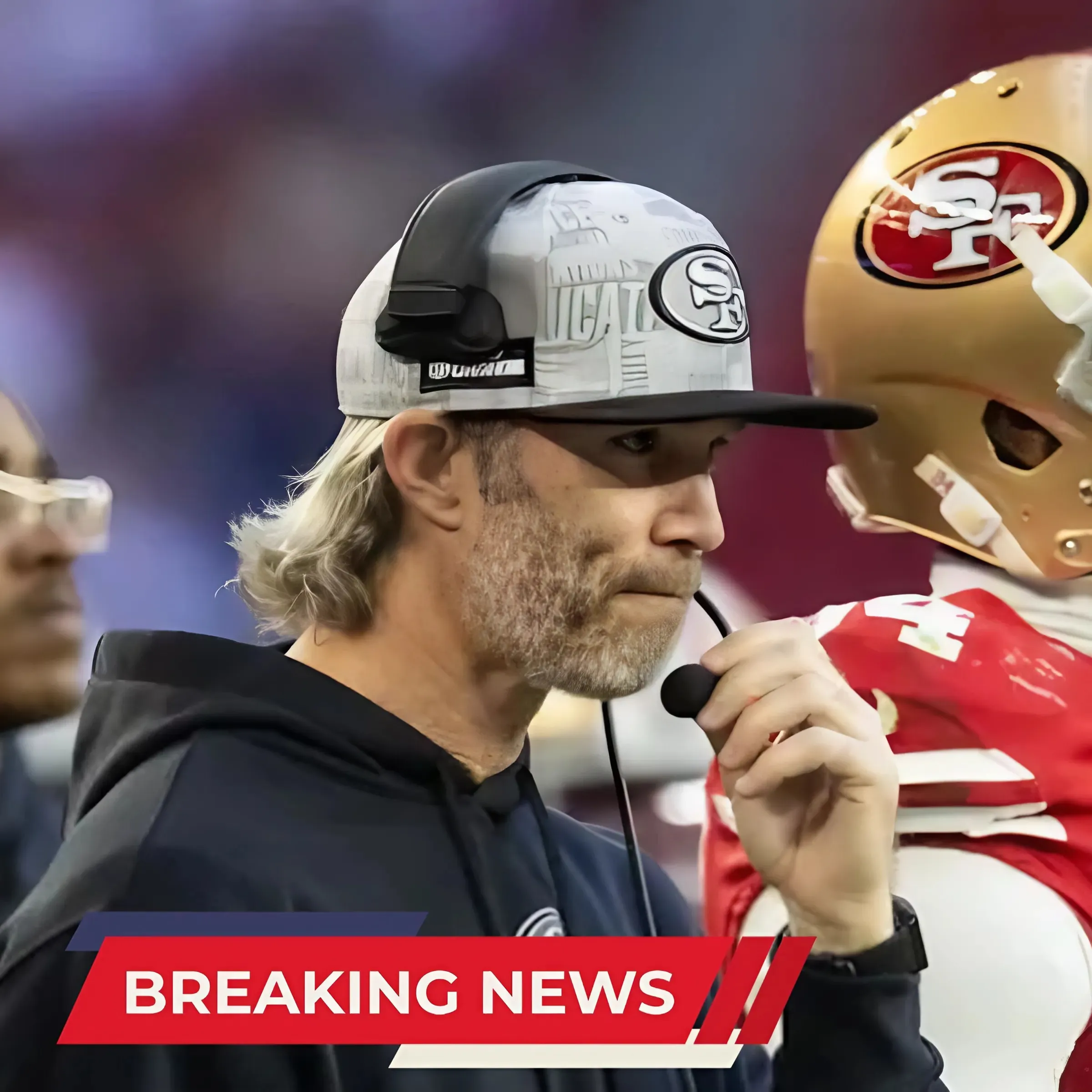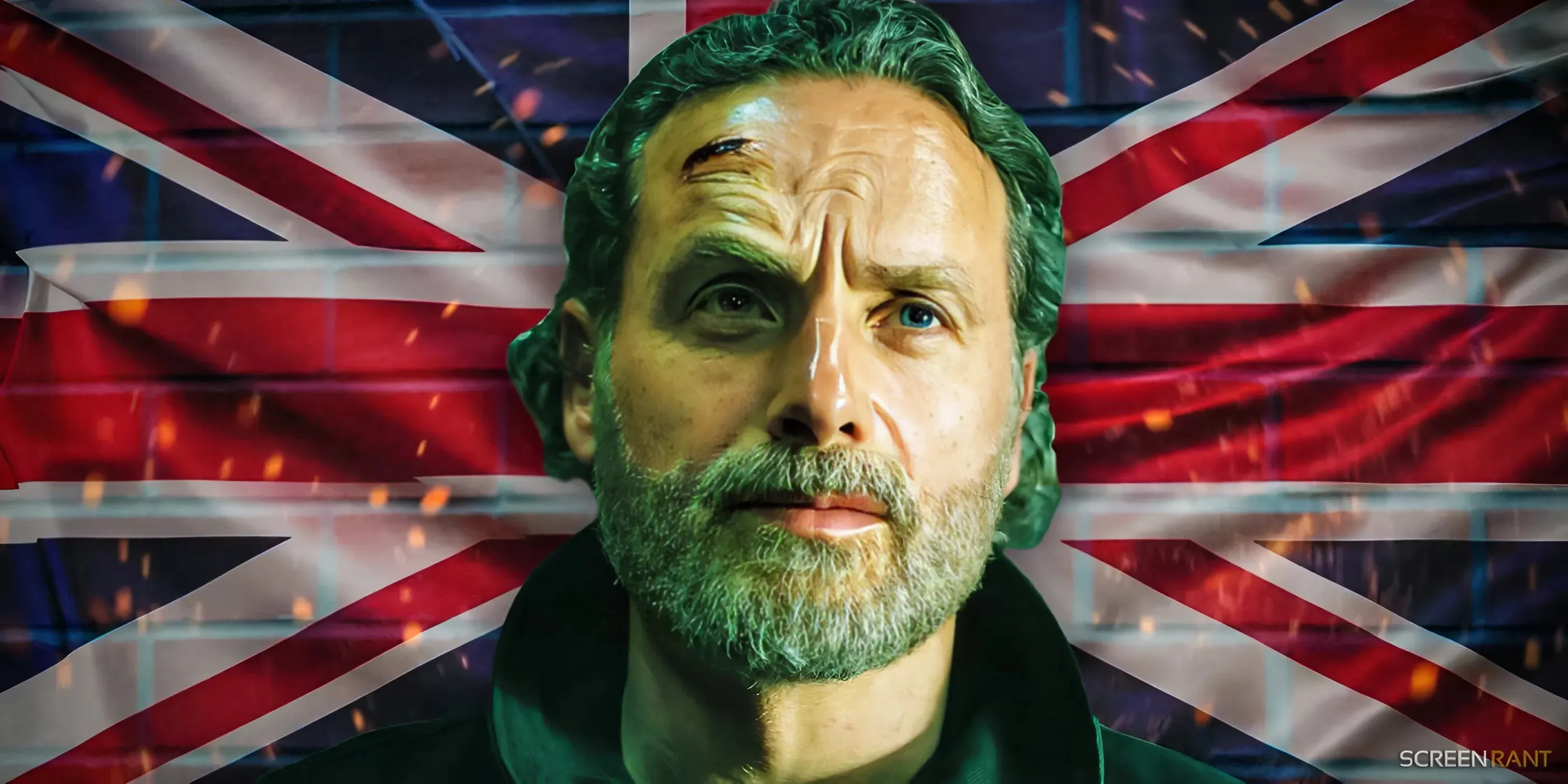Loved by fans, deemed controversial by critics, HBO’s The Last of Us displayed one of the most positive depictions of queer love ever put to screen.

Episode three of the horror-drama featured a new cast, and a fresh focus pulling away from the story of Pedro Pascal’s Joel transporting Bella Ramsey’s Ellie across a post-apocalyptic USA, The episode instead focused on the story of Bill and Frank, played by Nick Offerman and Murray Bartlett respectively, and how they fell and love and eventually ended their lives together.
Clocking in at just over an hour, Episode three, or Long, Long Time, runs through the almost 20 year relationship of the two doomed lovers. Exploring how they fell in love, found happiness in the life they built together and the eventual tragic end to their love.
It’s a story all to familiar to real life, and this realness is what makes the episode such an important landmark in modern queer television.
Another queer tradgedy

Image credit: HBO
Long, Long Time picks up with Joel and Ellie once again on the road, this time in search of a car. The only man Joel knows that has a car 20 years after the world ended is Bill, a reclusive man that lives a quiet life with his partner Bill.
The episode then skips back in time, instead focusing on Bill just after the apocalypse started. Picking up with him fortifying the town he lives in after an evacuation notice was given. Bill is a survivalist, having prepared for the end of the world years before it even happened.
Bill’s survival expertise allowed him to set traps and create an almost perfect living situation in the end of the world. He plants his own food and is able to sustain himself off of everything the town has. However, Bill at this point wasn’t truly “living”, he only started to live when he met Frank.
Frank literally stumbles into Bill’s life, looking for aid and safety after those he was traveling with were killed. Bill reluctantly takes Frank in, giving him a change of clothes, a place to wash and a fresh meal. Over the day the two men slowly start to grow close to one another, realising that perhaps they need each other.
The build up to their relationship is tender and realistic with both men bringing out the best in one another. Bill is naturally quiet, whereas Frank is open and more outspoken. They fill each others gaps and the scene where Bill plays piano is a perfect example of how powerful their love is.
Long, Long Time breaks down the stereotypical hollywood queer relationship by displaying a realistic queer romance that’s perfect outside of it being a queer story.
A True Romance

Image credit: HBO
Though a massive deviation from The Last of Us’ story, Long, Long Time stands above the rest of the series due to its narrow focus and gut-wrenching romance. From the moment the episode skips back in time the audience is clued in that by the time Joel and Ellie roll up to see Bill and Frank, the couple will be long gone.
Unlike other more popular depictions of queer romance, Long, Long Time does a great job at showing the more tragic side that comes with many queer relationships. The usual social stigmas that burden many queer people don’t exist in the world of The Last of Us but there’s a clear inner guilt that eats at Bill during his first diner with Frank.
Their love blossoms not out of necessity, but out of pure connection and admiration for one another. 20 years of love is condensed into one hour and at no moment does the audience question the legitimacy of their connection.
The snippets that are shown throughout the episode shows the couple realistically adapting to one an other, Bill must accommodate Frank and bring him into his more sheltered life, opening himself up to someone for the first time. Whereas Frank must adapt to the way Bill lives his life. The couple are able to carve out a new life together, helping one an other at every turn, even in Frank’s dying days.
Before the episode comes to a close we see an older looking Bill and Frank. Frank is wheelchair bound and is dying of a terminal illness, whereas Bill has become his full time carer. Their love shines through the dark times with Bill remaining steadfast in his love for his partner and wishing only to hold onto him for as long as he can.
Unfortunately, Frank isn’t living like he used to, so in one last act of love he asks Bill to lace a lethal amount of pills into his wine during dinner so that he can pass in peace and on his own terms. Bill gives in but without telling Frank he puts the same dosage in his own wine.
Bill shares what he has done with Frank over dinner and the couple spend one last perfect day together, retreating to bed to die peacefully in each others arms.
Heartbreak and Heartache

Image credit: HBO
Unlike The Last of Us game, the show sought to portray Bill and Frank’s love more vividly. Ditching the cold end the game presents and re-writing their story into something more realistic and inspirational.
What truly makes the romance between Frank and Bill so important is the realism portrayed throughout their time together. The couple don’t always get along, Frank even says before he dies that he spent his best days and worst days with Bill, but no matter what the couple were able to work together and find a way to keep going.
Queer relationships are often portrayed as overly optimistic with shows like Heartstopper portraying an ideal scenario. Sometimes they are also seen as destructive and negative as seen in Brokeback Mountain. The Last of Us straddles the line between both optimism and negativity, finding a middle ground to show a realistic relationship in Bill and Frank.
This valentines day if you’re looking for a tragic but beautiful story, give Long, Long Time a try. It’s sure to make you cry but what’s more real than a good few tears.



